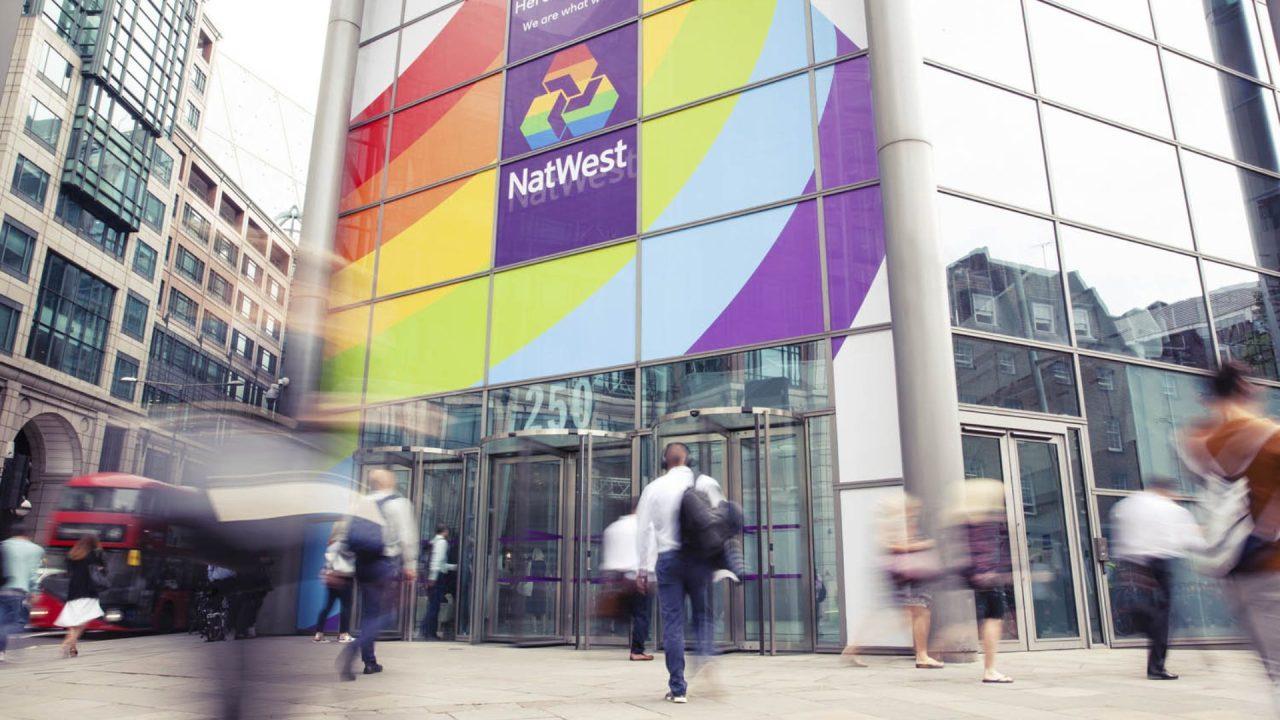A nervous trading session in Asia saw some of yesterday’s euphoria wiped away, ahead of tonight’s rate decision by the US Federal Reserve. Swaps markets are factoring in a quarter-point hike, but with economic data quite mixed, the decision could go either way. US markets made modest gains, led by Big Tech. After-hours, Google reported consensus-beating numbers, while Microsoft fell 4% after issuing guidance that was seen as underwhelming.

By Steve Clayton, head of equity funds, Hargreaves Lansdown
LVMH reported first half results after the European close, and highlighted a weakening trend in US sales, sending its US-listed Depositary Receipts 4% lower in trading overnight. Chinese demand proved stronger, with sales soaring in Asia by 34% and by 29% in Japan. European demand was robust too, with sales up 19%. LVMH suggested that the slip in US demand was coming from its more aspirational customers, often online or in secondary cities. Demand from their wealthier customers is holding up better.
NatWest has announced that Alison Rose is to step down by mutual consent after it emerged that she was the source of the leak to a BBC journalist about Nigel Farage. Hours after the company had expressed full support for Rose, NatWest changed tack, following indications from both No. 10 and the Treasury that she had to go. Rose had spent her entire career at NatWest and was a highly regarded banker. The market expressed its disappointment at the loss of a talented leader by marking NatWest Group shares down 2.6%. This drop wiped some £580m off the value of NatWest, which is still 38% owned by the Treasury.
Rolls Royce, the aerospace engine manufacturer, said its half year numbers will be far ahead of market expectations when it reports next week. Free cash flow of around £350m is seven times the consensus prediction and the group is guiding up full year expectations. Rolls Royce is highlighting the early success of its transformation programme, which is driving productivity improvements. Civil Aerospace has swung back into profit, reflecting a stronger aftermarket outcome, while defence sector earnings are also sharply improved, with demand stronger and a more even pattern of deliveries this year compared to last.
Rolls Royce is boosting full year guidance for operating profits and cash flows by around 50%, one of the largest improvements seen so far in the current reporting season. The company is benefiting from a recovery in flying hours by the airline industry, which is pushing more aircraft into the workshops for engine overhauls. The only real negative on the report card today is that working capital has been pushed sharply higher because the group is to hold higher inventory to cover the additional activity levels and ongoing constraints in the supply chain. Rolls Royce shares jumped 15% in response.
Rio Tinto reported half year results that met analysts forecasts for net income, but which nonetheless saw earnings and dividends declining from a year earlier. The weaker than predicted recovery in the Chinese economy has put metals prices under a cloud in recent months. That has fed through to Rio Tinto’s revenues and it has reported underlying earnings of $5.7bn compared to the year-ago level of $8.9bn. Dividends of $2.9bn are down from $4.3bn, but in line with the group’s dividend policy of paying out half of underlying earnings. The shares dipped 2% on the numbers.
Matt Britzman, equity analyst at Hargreaves Lansdown
“Lloyds first half results showed net income up 11% to £9.2bn, but it’s been a tough few weeks for banking execs as the government looks to crack down on the growing gulf between savings and mortgage rates. Net interest income and margins are unsurprisingly front and centre in today’s results. Lloyds has beaten market consensus on both fronts and pushed full-year guidance a touch higher – no doubt something that’ll attract eyeballs from the government. Net interest margin did retreat over the second quarter, but not by as much as expected, as savers move away from higher margin current accounts in search of better rates from longer-term savings accounts, and the expected mortgage book headwinds continue to play out.
The other area in focus, given the mounting pressure on consumers, is the default level on loans. Lloyds saw a modest uptick, particularly from those on variable rate mortgages, hit hard by recent rate rises. The £662m impairment charge over the half was a little higher than expected, as Lloyds updated its forecast on loan losses. On the one hand, a better GDP outlook works in its favour, but rates moving higher than expected weighs heavily on the other side of the scale. Capital levels look strong, and the buyback is progressing at speed as management snaps up its own shares at a discount price. With strong capital levels, there’s scope for more to make its way back to shareholders and given the valuation sits at a low point compared to history, attractive returns are on offer.”
Derren Nathan, head of equity research at Hargreaves Lansdown:
“Despite a £2.2bn fall in COVID-19 sales, GSK still managed to grow second quarter revenues in absolute terms. That’s testament to the depth of its portfolio and innovation in the product pipeline. With COVID-19 medicines stripped out, the growth rate was 11%, with vaccines seeing the strongest uplift.
Underlying operating profit was up 11% to £2.2bn. That’s a two percentage point increase in margin to 30.2%, largely reflecting the shift in sales mix away from less profitable COVID-19 products. Financial success is also being matched by wins in the clinic, particularly in the vaccine space. We’ll see if the forthcoming launch of Arexvy for RSV enjoys the same sort of reception as Shingrix (for shingles) which saw sales leap another 20% in the quarter.
The Group has seen good business momentum across all product areas but particularly in HIV, as well as in General Medicines, driven by a strong allergy season. This has prompted an upgrade to full-year guidance. GSK’s growth expectations now stand at 8%-10% for turnover, and 11-13% for underlying operating profit. Following today’s upgrade, it’s looking good for the second half, which also should see a number of further key trial read outs and regulatory decisions. GSK has the bit between its teeth, which we see as something of a disconnect with a single digit earnings multiple that’s towards the bottom of its peer group.”
Tradersdna is a leading digital and social media platform for traders and investors. Tradersdna offers premiere resources for trading and investing education, digital resources for personal finance, market analysis and free trading guides. More about TradersDNA Features: What Does It Take to Become an Aggressive Trader? | Everything You Need to Know About White Label Trading Software | Advantages of Automated Forex Trading



































